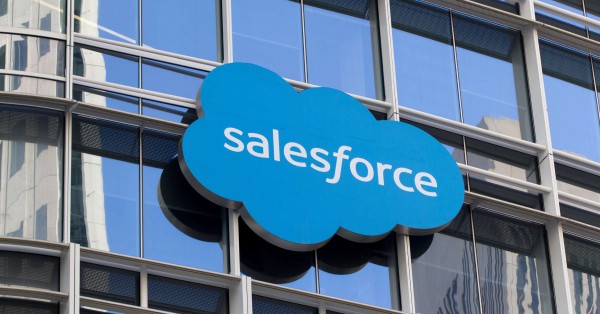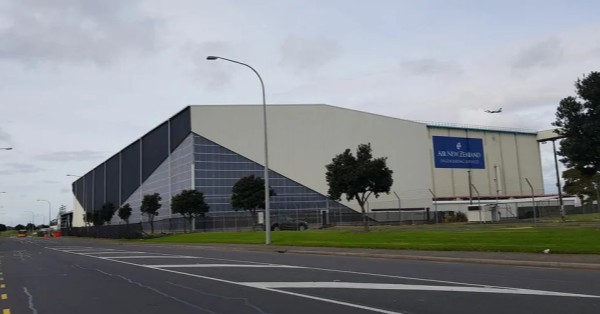Addressing the ‘Jagged Intelligence’ Challenge in Enterprise AI
In the rapidly evolving landscape of artificial intelligence, the disparity between theoretical AI capabilities and their real-world applications, termed ‘jagged intelligence’ by Salesforce, presents a significant hurdle. As enterprises increasingly integrate AI to drive innovation and efficiency, the demand for consistent, reliable AI performance in dynamic business environments has never been more critical. Salesforce is spearheading efforts to bridge this gap, ensuring AI systems are not only intelligent but also dependable and consistent across various enterprise applications.
Defining Enterprise General Intelligence
At the heart of Salesforce’s strategy is the concept of Enterprise General Intelligence (EGI), introduced by Silvio Savarese, Salesforce’s Chief Scientist and Head of AI Research. Unlike Artificial General Intelligence (AGI), which seeks to create machines that can surpass human cognitive abilities, EGI is crafted specifically for enterprise needs, emphasizing both capability and consistency. This approach ensures AI applications are robust and scalable, addressing the complex demands of modern business operations.
Quantifying AI Inconsistency with SIMPLE
To tackle AI performance variability, Salesforce has introduced the SIMPLE dataset, a set of 225 reasoning questions designed to explicitly measure how AI systems perform under different conditions. This benchmarking tool is crucial for identifying and mitigating inconsistencies in AI behavior, ensuring that AI-driven solutions are both effective and reliable in enterprise settings.
Enhancing Real-World AI Application with CRMArena
CRMArena, Salesforce’s innovative benchmarking framework, plays a pivotal role in aligning AI performance with real-world enterprise requirements. By simulating authentic customer relationship management (CRM) scenarios, this tool allows for the thorough testing and refinement of AI agents, ensuring they are well-equipped to handle the complexities of actual business tasks across various roles such as service agents, analysts, and managers.
New Embedding Models for Better Enterprise Context Understanding
Salesforce’s SFR-Embedding model, soon to be integrated into the Salesforce Data Cloud, is a testament to the company’s commitment to enhancing AI’s contextual understanding. Leading the Massive Text Embedding Benchmark (MTEB) across 56 datasets, this model significantly boosts the AI’s ability to process and understand complex enterprise data, thereby enhancing decision-making and operational efficiencies.
Specialized AI Models for Predictive Business Actions
With the introduction of xLAM V2, a series of Large Action Models, Salesforce continues to refine AI capabilities to not just generate text but predict and execute tasks. These models are tailored for specific actions within enterprise systems, offering a more precise, efficient alternative to larger, general-purpose language models. This specialization is crucial for tasks that require high accuracy and minimal error rates, such as financial forecasting or inventory management.
Implementing AI Safety and Reliability
Addressing the critical enterprise concerns about AI safety and reliability, Salesforce has developed SFR-Guard, part of the company’s Trust Layer. This model establishes clear operational boundaries for AI, ensuring compliance with business policies and standards. The introduction of ContextualJudgeBench, a new benchmark for testing AI responses, further aids in assessing the appropriateness and accuracy of AI interactions in complex situations.
Co-Innovating with Customers to Refine AI Solutions
Underlining the role of customer feedback in shaping AI developments, Itai Asseo, Senior Director of Incubation and Brand Strategy at Salesforce, highlights the success of Salesforce’s customer-centric approach. Through collaborative innovation, Salesforce has been able to double the accuracy of their AI solutions, showcasing superior performance compared to competitors. This strategy not only enhances product offerings but also solidifies customer trust and satisfaction.
Looking Ahead: The Future of Salesforce AI
As Salesforce continues to advance its AI research and development, the focus remains on creating robust, reliable AI solutions that meet the practical needs of businesses today. The ongoing enhancements in Enterprise General Intelligence are set to redefine standards in enterprise AI, ensuring that technologies not only demonstrate cutting-edge capabilities but also provide stable, consistent performance in real-world applications. For telecom and technology executives, staying abreast of these developments is essential for leveraging AI to its full strategic potential.























